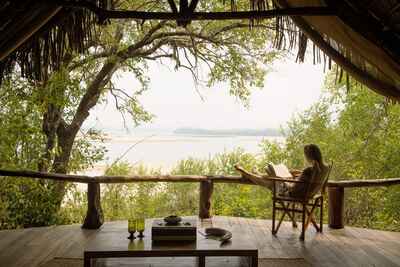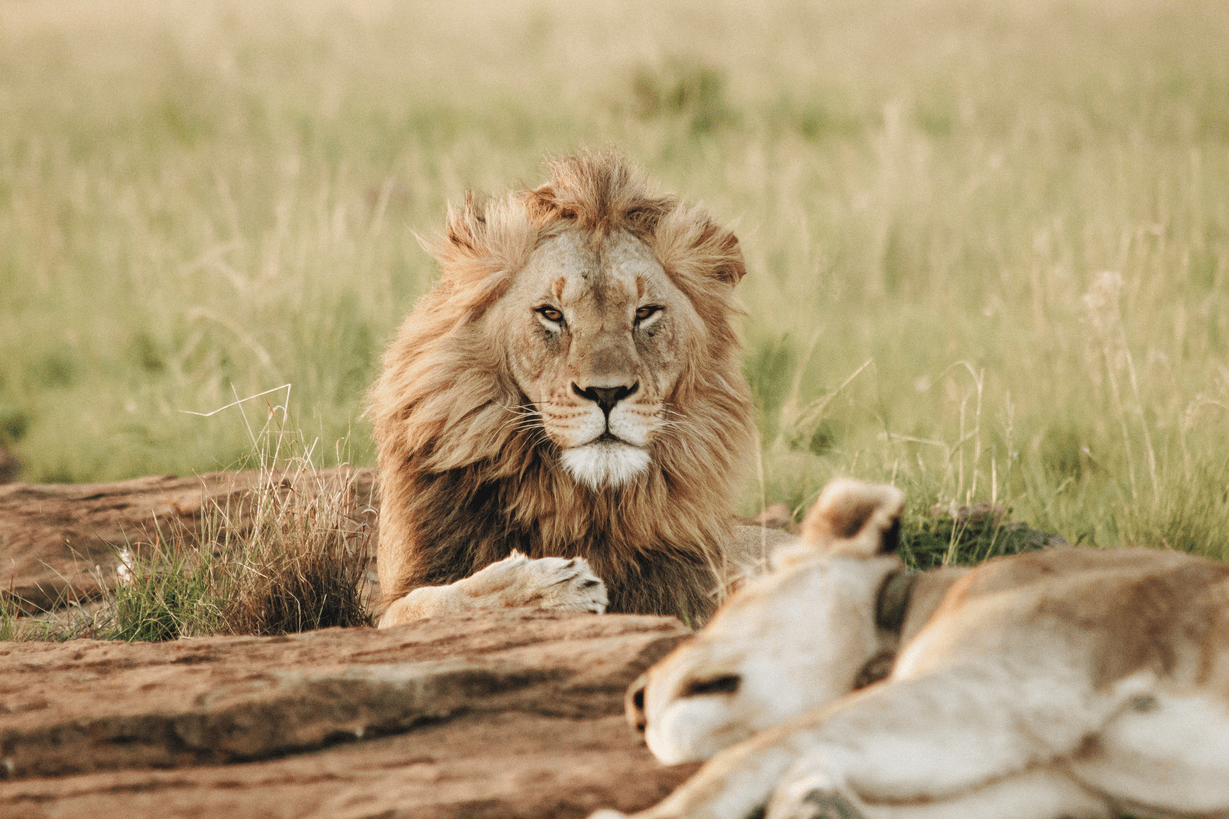About Sand Rivers Camp
Deservingly considered to have the most stunning location in Nyerere National Park, Sand Rivers Camp matches the accolade with excellent service and guiding.
Sand Rivers is a magical place. Its seductive embrace is felt as soon as you walk through the main entrance. There you stop, spellbound by the vista spread before you. The waters of the Rufiji River flowing past vast, sunbleached sandbanks populated by hippo, crocodile, waterbuck and many birds. The dazzling scene sears itself on the memory.
Established in 1984 by safari legend Richard Bonham, the high quality Sand Rivers camp retains a rustic, bush feel. Beautifully located along the riverbank, the light, airy, open fronted buildings attract cooling breezes whilst making the most of the setting. White washed walls and thatch roofs frame spacious rooms with mosquito net clad beds. Five standard rooms feel private and secluded and three suites offer extra lounge areas and a private outdoor plunge pool.
The service and guiding is superb with a wide range of activities on offer. The choice includes boat trips, fishing, walks, drives, swimming in hot pools, bush meals and fly-camping. The varied landscape includes Lake Tagalala and the Beho Beho hills with Selous’ Grave nearby (for whom the park was originally named). Exploring varied eco-systems in a quiet part of the park often means unshared magical wildlife experiences.
Our view
Sand Rivers is very comfortable, stylish safari camp, in a striking and remote location. There’s a real feeling of space coupled with welcoming and excellent service and delicious food. We think this is one of Nyerere National Park's very best places to stay. Guests share this special area with relatively few other visitors and explore with very informative and engaging guides.
Accommodation
5 standard rooms, 3 suites with plunge pools
Children
We recommend this camp for children over 8 yrs.
Open
1 June to 16 March
Activities

4WD Safari

Birdwatching

Boat trip

Fishing

Fly-camping

Guided walking safari

Private activities
Traveller reviews of Sand Rivers Camp
87 real, un-edited reviews from Expert Africa's travellers.
Arrived 12 Jun 2025, 4 nights
"Sand Rivers Camp review"
Overall rating: Excellent
Arrived 6 Feb 2025, 3 nights
"Sand Rivers Camp review"
Overall rating: Excellent
Arrived 4 Nov 2024, 2 nights
"Sand Rivers Camp review"
Overall rating: Excellent
Arrived 4 Oct 2024, 3 nights
"Sand Rivers Camp review"
Overall rating: Excellent
Arrived 16 Sep 2024, 4 nights
"Sand Rivers Camp review"
Overall rating: Excellent
Arrived 25 Aug 2024, 5 nights
"Sand Rivers Camp review"
Overall rating: Excellent
Arrived 5 Jun 2024, 4 nights
"Sand Rivers Camp review"
Overall rating: Poor
Arrived 26 Feb 2024, 3 nights
"Sand Rivers Camp review"
Overall rating: Excellent
Arrived 8 Nov 2023, 4 nights
"Sand Rivers Camp review"
Overall rating: Excellent
Arrived 6 Nov 2023, 4 nights
"We were treated like Royalty!"
Overall rating: Excellent
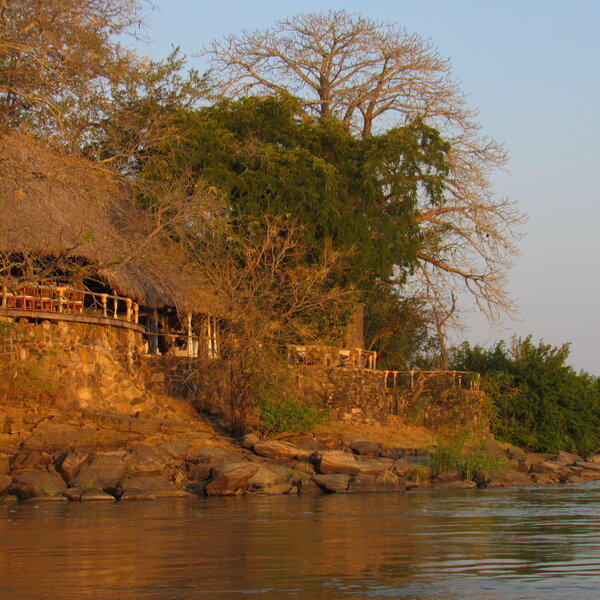
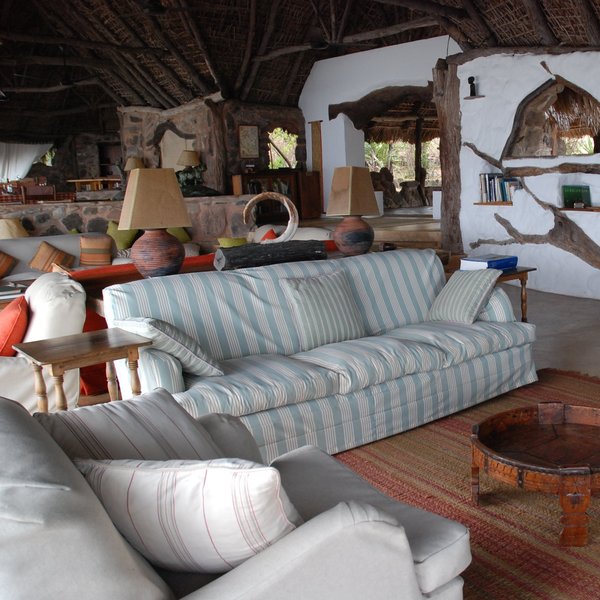
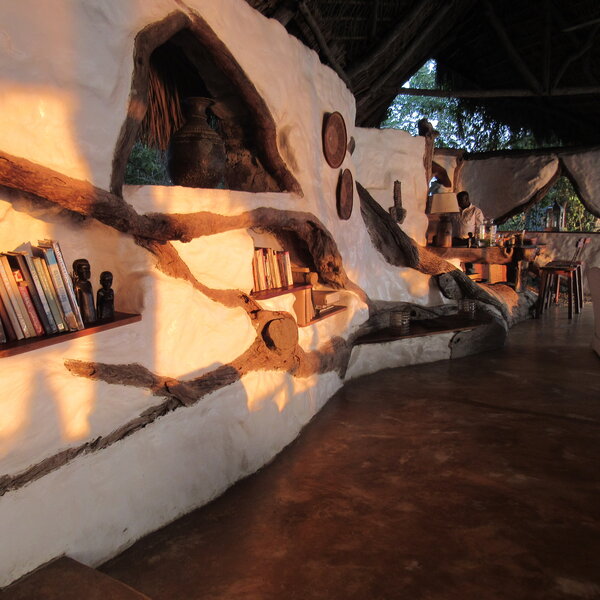
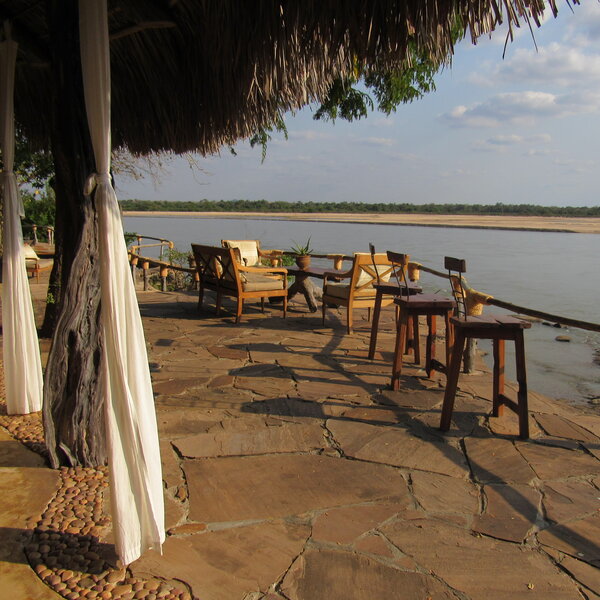
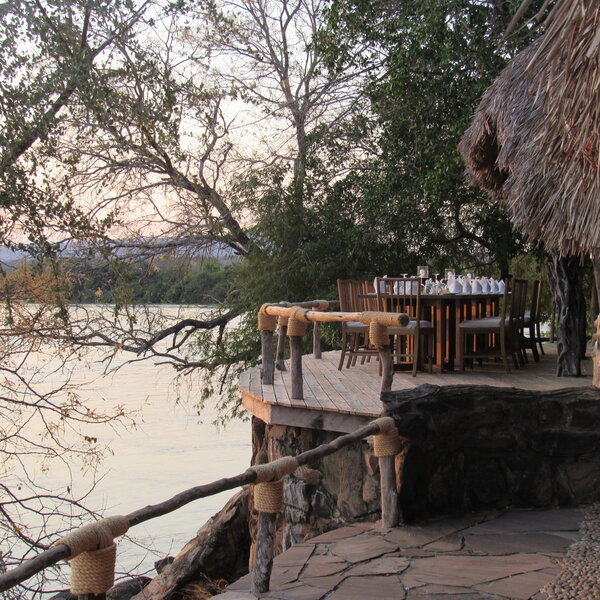
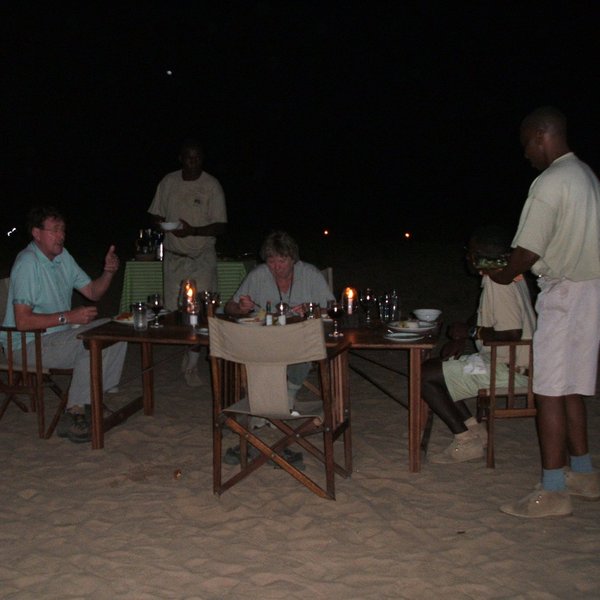
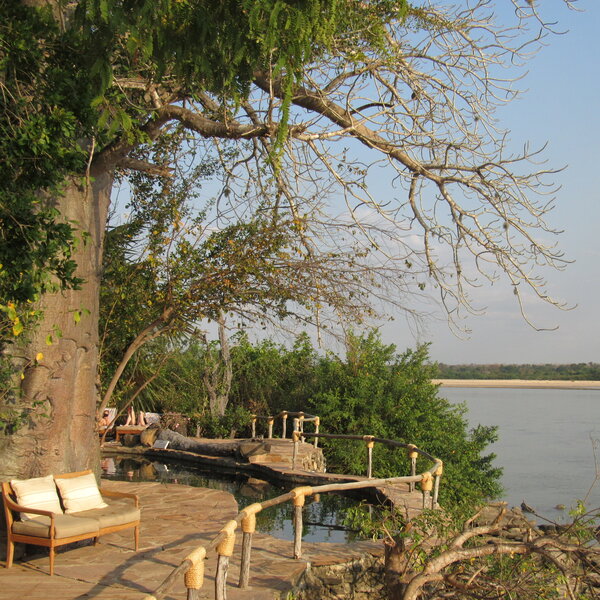
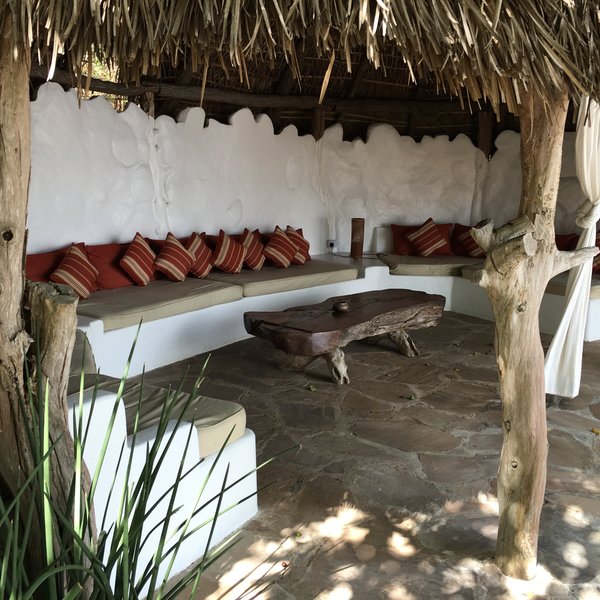
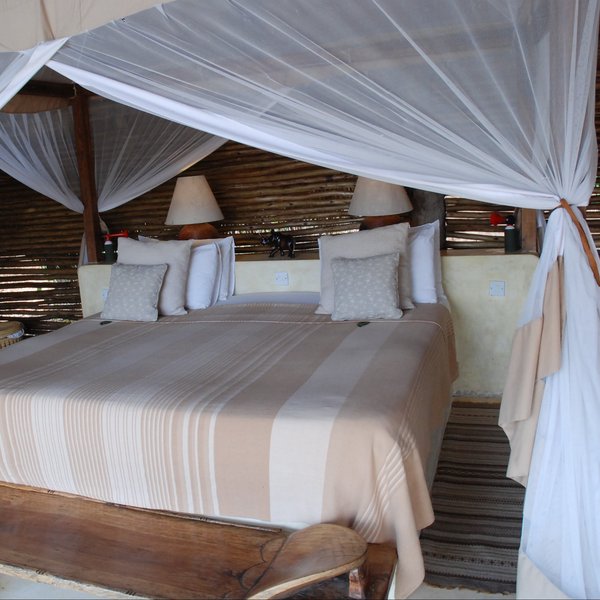
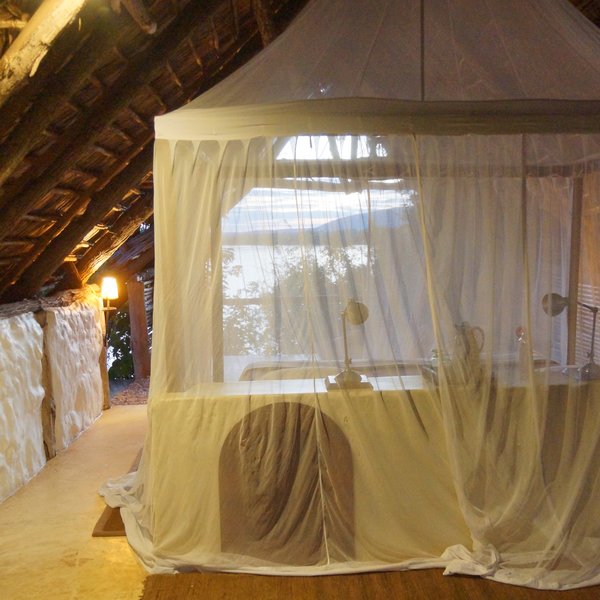
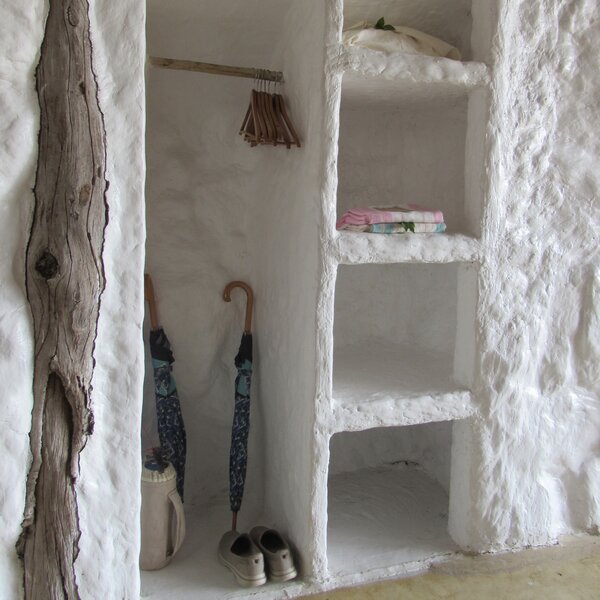
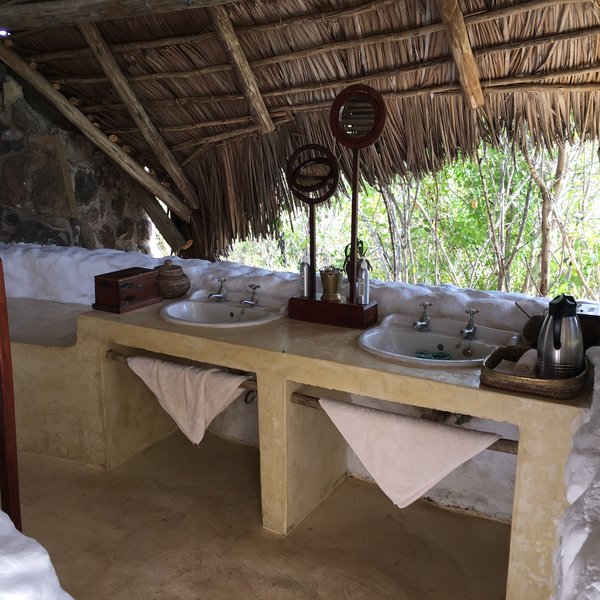
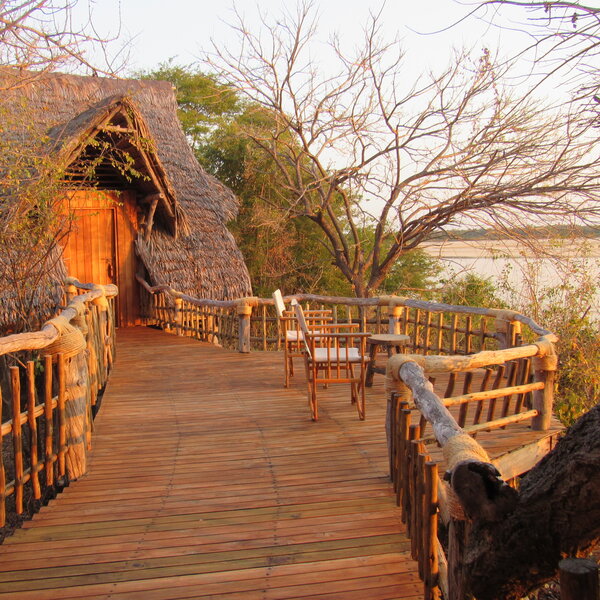
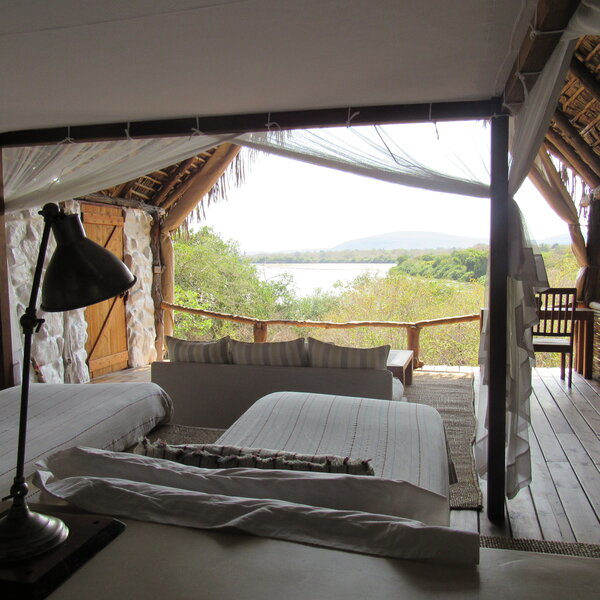
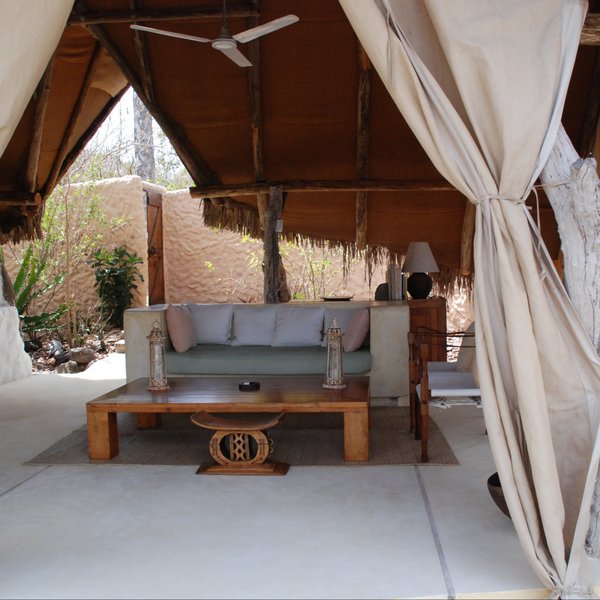
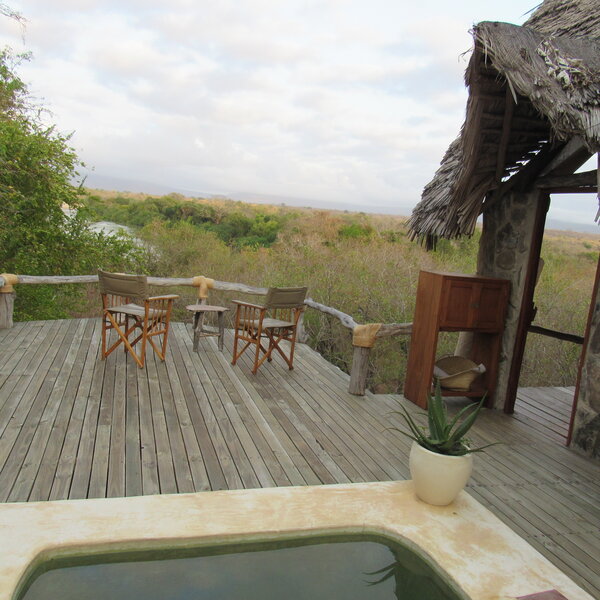
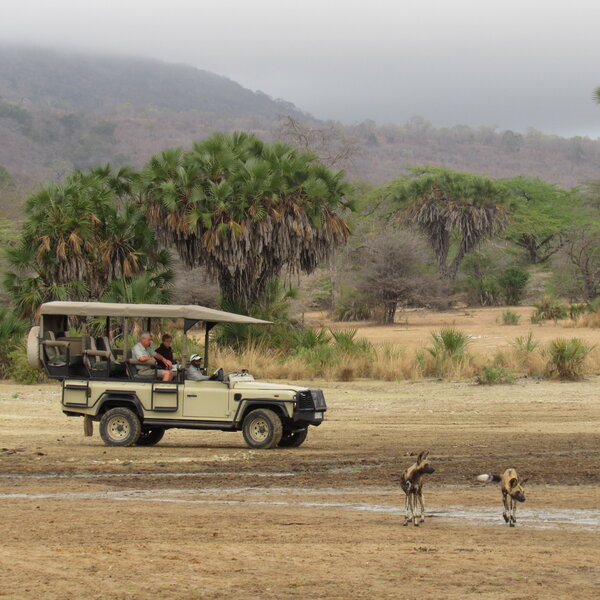
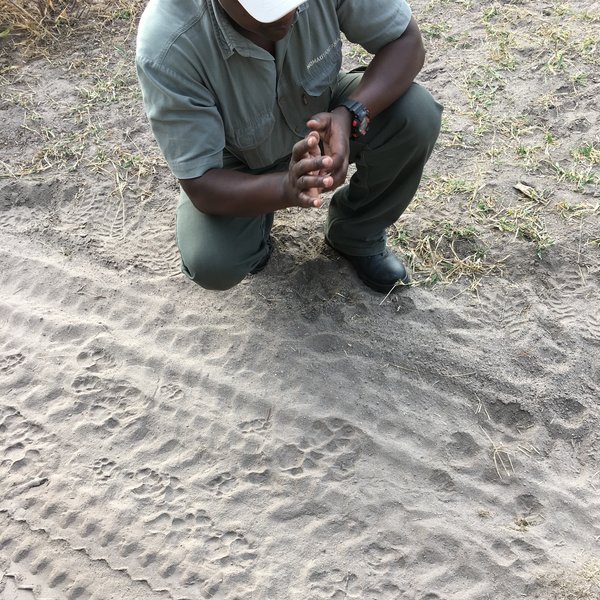
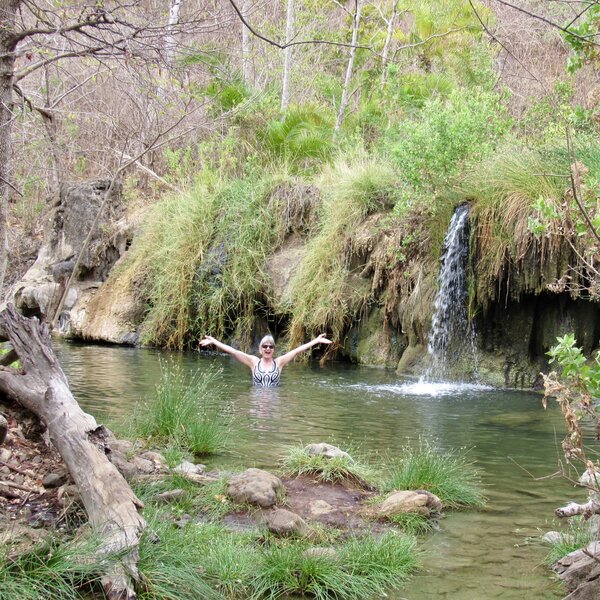
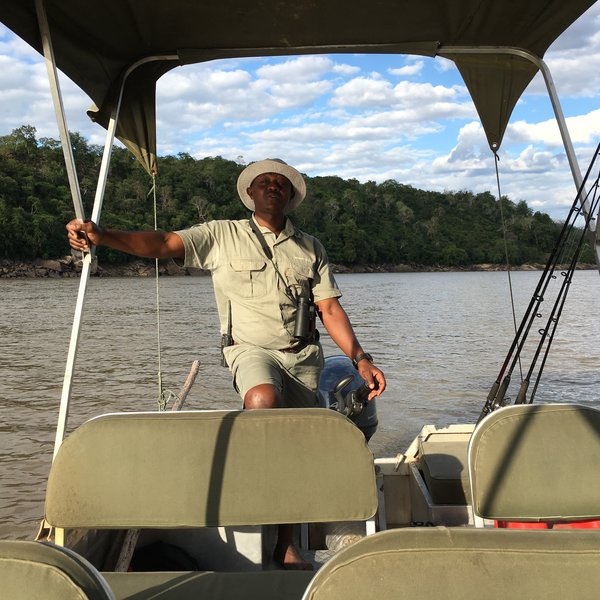
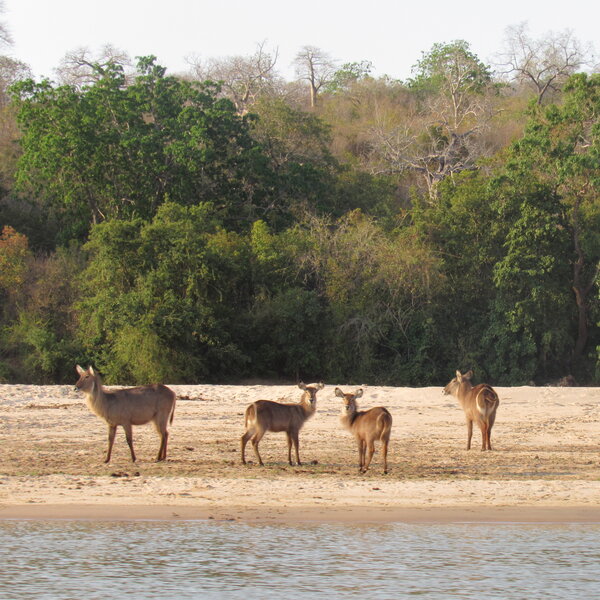
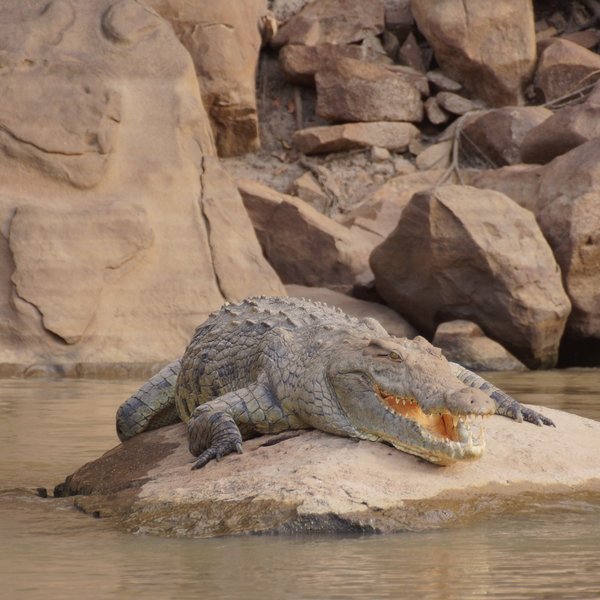
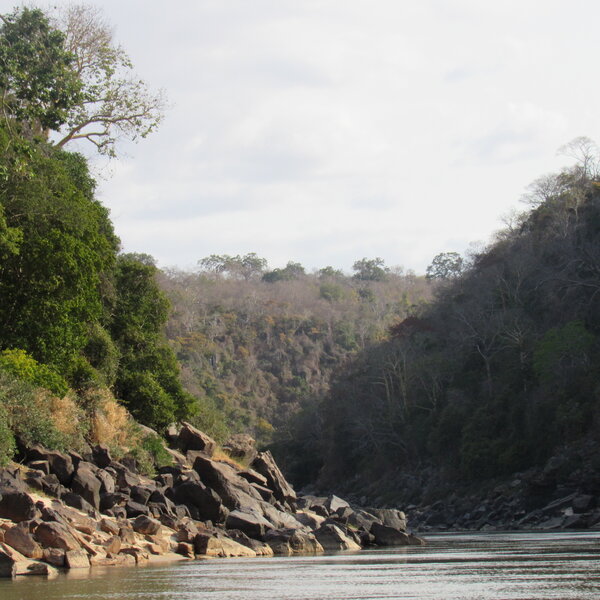
Expert Africa's gallery
When we travel we take lots of photos ourselves to give you a real and un-edited view of the safaris. See our 59 pictures and 2 videos of Sand Rivers Camp to get the candid view.
View gallerySafaris visiting Sand Rivers Camp
Just ideas, we'll always tailor-make a trip for you
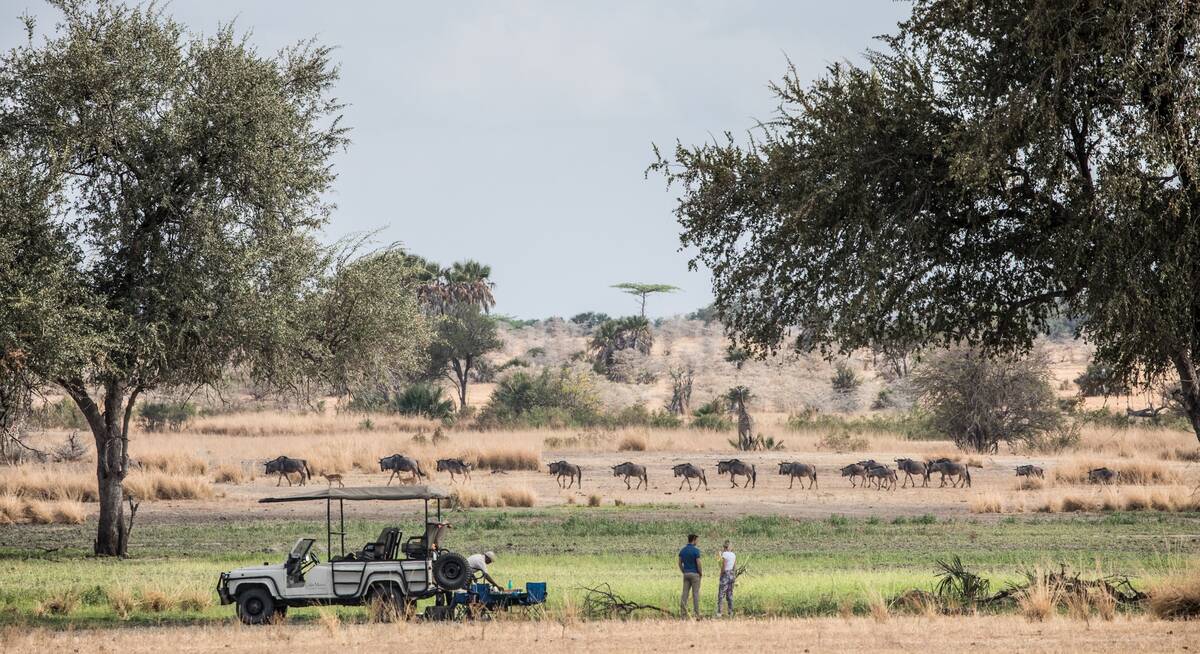
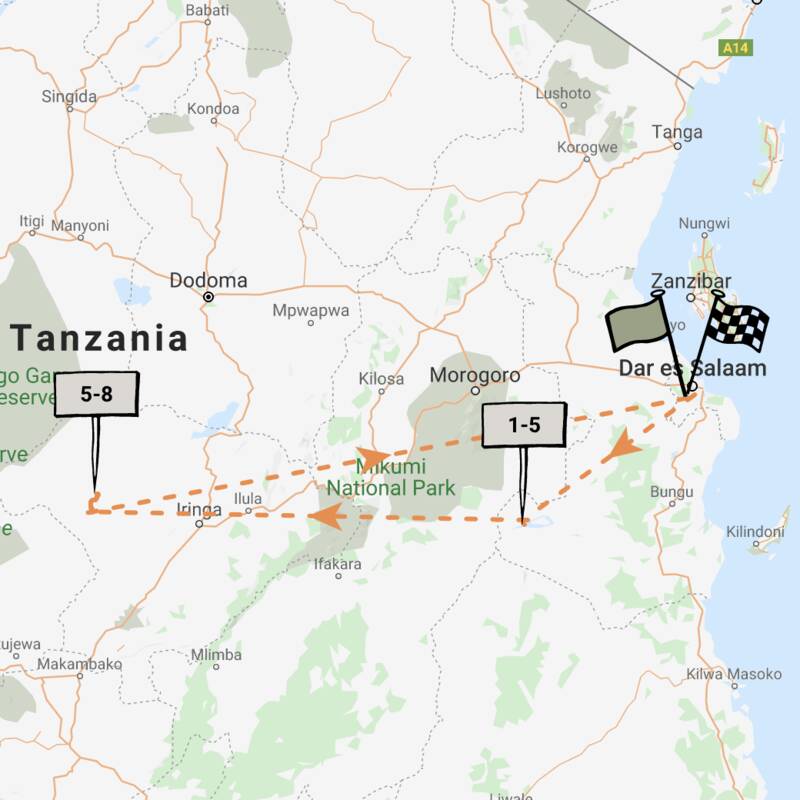
Spotted Hyena Fly-in Safari
7 days • 2 locations • 1 country
DAR ES SALAAM AIRPORT TO DAR ES SALAAM AIRPORT
Stay in one of Nyerere National Park's best safari camps before experiencing a truly authentic tented camp in Ruaha. Remote locations, superb guiding and a range of activities await guests during this comfortable fly-in safari.
Visiting Nyerere, Ruaha
US$6,680 - US$8,660 per person
Sand Rivers Camp: Our full report
Sand Rivers was founded by safari legend Richard Bonham, famous for pioneering walking safaris in the Selous.
Its site, deep inside Nyerere National Park (previously known as the Selous Game Reserve) and overlooking a wide curve of the Rufiji River lined with sand banks and girdled by rocky outcrops, was spotted when he explored this region with writer and traveller Peter Matthiessen. The camp, now owned by one of Tanzania's – in fact Africa's – very best camp owners and safari logistics companies, has a well-deserved, long-standing reputation as one of Tanzania's top safari camps.
On arrival, you walk through the entranceway of the main thatched building and are immediately wowed by the view from the riverbank location. The open sides of the lounge, bar and dining area offer vistas over a river bend and wide sand bank frequented by animals and birds. The lounge has an air of rustic chic with whitewashed walls, inset bookshelves, comfortable sofas and chairs, beautiful bronze wildlife sculptures and partially carved supporting poles. It’s the hub of the camp and a welcoming environment in which to share a drink or leaf through images of wildlife in coffee table books under cooling ceiling fans. The adjacent dining room can be set up with individual or communal tables, both under thatch and on the open-air patio.
To one side a curved swimming pool is partially shaded by a majestic baobab tree. Relax on a sun lounger or sit under cover on comfortable chairs catching up with news in the camps WiFi hub. All the while enjoying panoramic views of the river and the wilderness beyond.
Sand Rivers also has a small well stocked curio shop which sells a variety of items including beaded jewellery, woven kikoi sarongs and branded T-shirts and caps.
There are 5 standard rooms, stretching upstream along the raised riverbank, all similar in design – gable-roofed in thatch, with walls of wood and rough, whitewashed plaster. The rooms are open fronted to make the most of the views whilst the beds are fully enclosed in walk-in mosquito nets. A comfortable sofa and table are set below the bed on a wooden deck. The partially open-fronted bathrooms are set to one side or back of the bedroom. Waist high whitewashed walls divide the shower and flush toilet and the sink bench is set with mirrors, with high quality complimentary toiletries provided. Two of the rooms are linked by a raised deck, making them suitable for a family.
Set higher up the slope are 3 suites. Built in a similar style to the standard rooms, the suites are larger with a vast en-suite bedroom, separate lounge and a plunge pool.
All the rooms are spacious, with plenty of light, through breeze and memorable views. Ample storage space and multiple electrical sockets for charging batteries meet the needs of the modern traveler.
When we last visited Sand Rivers, the varied activities included motorboat trips up to the towering, forest-flanked Stiegler's Gorge. Sand banks covered in crocs and huge boulders draped with monitor lizards adorned the waters edge, beneath steep, jungle-swathed banks. Further upstream, close to the tightest part of the gorge and beyond the reach of our little craft, high cliffs of red sandstone festooned with greenery rose on either side. It's a highly recommended trip with the chance to see quite a bit of wildlife including the beautiful Pel’s fishing owl and black and white colobus monkeys.
Sand Rivers also offers a good variety of long and short walks which begin from the camp, or after a short drive. The longer walks take place in the morning starting at a time to suit guests, but usually by 7am to avoid the heat of the day. Shorter walks are also offered as an afternoon activity, starting at 4.30pm and returning to camp around sunset.
Most popular are the camp's 4WD safaris, which explore the plains and shores of Lake Tagalala. In the morning these also begin at around 7am, returning at midday for lunch. An afternoon safari will head out again at 4pm. Often you can combine a 4WD game drive with a short walk through the bush. Other options include fishing for tiger fish or edible catfish, or going for a soak in the Tagalala Hot Springs, a few kilometres away.
If you just want sit and watch the wildlife come and go, Sand Rivers also has a nearby hide – raised on stilts, and overlooking a large marshy area. You can stay here on your own for a few hours if you wish, however the platform has no shade, so it can be uncomfortable when the sun is high. This permanently wet area is frequented by a variety of wildlife – often in surprising numbers – from playful elephants and herds of giraffe coming down to drink, to a kaleidoscope of birds looking for food. It's a remarkably good spot, even when there is plenty of water around, and a first-rate location during the dry season.
In between wildlife viewing you might treat yourself to a massage. Provided in your room and costing US$1 per minute, all proceeds go to charity through the Nomad Trust.
Activities
4WD Safari
Birdwatching
Boat trip
Fishing
Fly-camping
Guided walking safari
Private activities
Families & children
- Attitude towards children
- The camp is happy to welcome over-8s. Families with younger children, aged from 5 years, can opt to stay at nearby Kiba Point.
- Property’s age restrictions
- Children under 8 are generally not allowed in camp. Children under 12 aren't permitted on walking safaris or fly-camping. Children aged 12 and under must share a room with an adult.
- Special activities & services
- The Standard Family Room has an attached enclosed children’s annexe. Triple rooms are possible for two adults and a child under the age of 16 years only.
- Generally recommended for children
- Sand Rivers has a camp with a mature feel and works well for older children with a love of the outdoors.
- Notes
- Sand Rivers is not ideal for young children as all the buildings have open fronts with drops down to the Rufiji River. Furthermore, parents should be aware that this camp is not fenced and wildlife can pass through at any time. Children must be constantly supervised.
Food & drink
- Usual board basis
- Full Board & Activities
- Food quality
- We have always found the food at Sand Rivers to be very tasty and imaginative with obviously fresh produce used throughout. Sundays are traditionally a barbecue night at dinner, whilst from Monday to Saturday the menus comprise a mixture of western and Tanzanian dishes.
The dining times for breakfast and lunch are very flexible for each guest, varying daily on what they have decided to do for their safari activities. Breakfast usually consists of tea or coffee, smoothies, fruit, cereals, toast, perhaps donuts and a cooked breakfast with eggs of your choice. For a different setting, Stiegler's Gorge offers a perfect breakfast spot on a sandbank by the fast-flowing upper river, or perhaps enjoy a bush breakfast after an early morning game drive start.
Lunch is typically a self-service buffet with a nice range of protein and salad dishes. On our last visit we enjoyed chicken kebabs with potato, beetroot, green bean and leafy green salads. Freshly baked bread completes the spread and a light desert such as passionfruit ice cream rounds off the meal. There's then an 'afternoon tea' at about 4pm – with tea, coffee, fruit juice and delectable cakes.
Dinner has 3 courses with a choice for the main. Guests can opt to sit at individual tables or share with other willing guests and dietary requirements can be easily catered for with prior notice.We enjoyed cream of courgette soup and gazpacho to start; red snapper and mango salsa, lamb and potato gratin, and pork medallions and mash potato, served with seasonal vegetables as the main course; and a delicious coconut crème brulée and chocolate oblivion desert. Dining takes place in a variety of imaginative locations around the camp, not just in the main dining area. - Dining style
- Mixture of group dining and individual tables
- Dining locations
- Indoor and Outdoor Dining
- Further dining info, including room service
- Dinner arrangements usually alternate between private tables and group dining, but it very much depends on guests' wishes. Lunch is usually at your own table.
- Drinks included
- At Sand Rivers most drinks are included – all soft drinks, house wines, local beers and a range of popular spirits. However, Champagne, vintage wine and certain imported spirits are only available as extras to be added to your bill on departure.
Our travellers’ wildlife sightings from Sand Rivers Camp
Since mid-2018, many of our travellers who stayed at Sand Rivers Camp have kindly recorded their wildlife sightings and shared them with us. The results are below. Click an animal to see more, and here to see more on our methodology.

100% success

100% success

100% success

100% success

97% success

93% success

89% success

86% success

69% success

36% success

28% success

6% success

0% success

0% success

0% success
Getting there
- Location
- Nyerere National Park, Tanzania
- Ideal length of stay
- 3-4 nights, or 5-7 nights if you choose to include a fly-camping trip.
- Directions
- Fly for 45 minutes into Nyerere National Park, where you will land at Kiba Airstrip. It's then about a 15-minute drive to Sand Rivers. Alternatively, it is long day's drive from Dar – depending on the weather and the state of the roads (it can take up to 5 hours to reach Sand Rivers from the Mtemere Gate).
- Accessible by
- Fly-and-Transfer
Special interests
- Honeymoons
- Sand Rivers has a very romantic setting right on the Rufiji River and a level of personal service that will make your trip feel very special. The rooms are very private with lovely views across the river. Expect special touches to make your Tanzanian honeymoon unforgettable.
- See ideas for Honeymoons in Tanzania
- Birdwatching safaris
- Nyerere National Park is a great park for a wide variety of bird species. When we were here last, we saw different species of kingfisher, hornbills and a great deal more. The Sand Rivers hide is a fantastic place to camp out for a few hours and observe these birds.
- See ideas for Birdwatching safaris in Tanzania
- Photography safaris
- Sand Rivers is an excellent lodge to include on a photographic safari in southern Tanzania. The photographic platform overlooks a marshy area which is frequented by large numbers of animals, from playful elephants to herds of giraffe.
- See ideas for Photography safaris in Tanzania
- Wildlife safaris
- Nyerere National Park and the area around Sand Rivers has an abundance of game, especially during the dryer months when game is drawn to the river for water. However throughout the year you can expect to see good numbers of giraffe, elephant and maybe even lions and wild dog.
- See ideas for Wildlife safaris in Tanzania
Communications
- Power supply notes
- The generator runs for 8 hours and charges large batteries that provide power for the other 16 hours. The rooms have 3 pin UK-style socket and universal multi-sockets. Hair driers can overload the system and so it is not possible to use them here.
- Communications
- Airtel is generally accessible by the pool and also by the suites, though there is no Vodafone reception at all (as is the case in most of Nyerere National Park). There is a Wi-Fi corner in a shady spot near the pool and guests can download up to 4GB of data every 72 hours.
- TV & radio
- There is no TV for guests, but keen sports fans will be welcome in the staff canteen for any big sports events.
- Water supply
- Borehole
- Water supply notes
- Water from the borehole is pumped to the hill top and held in a big settling tank. Solar hot water boilers provide hot washing water. Drinking water is supplied as commercially bottled water and camp-treated and filtered water.
Health & safety
- Malarial protection recommended
- Yes
- Medical care
- Members of the Sand Rivers team are first-aid trained and several staff have done an Advanced Wilderness First-Aid course. There is first aid equipment on site for minor illnesses and injuries. For more serious emergencies Sand Rivers has links to the flying doctors in Dar es Salaam.
- Dangerous animals
- High Risk
- Security measures
- Askaris are on guard around the clock and you will be escorted to and from your room at night. There are also air horns in all the rooms to attract attention in case of a medical emergency during the night.
- Fire safety
- There are fire extinguishers in the communal areas and in each room.
Useful info
- Disabled access
- On Request
- Laundry facilities
- A free laundry service is included (hand washed, line dried). For cultural reasons this doesn't extend to ladies' underwear. Washing powder and a washing line are provided in the rooms for guests to do some hand washing if required.
- Money
- No currency exchange is available. There is a safe bag in each room which guests are invited to give to the managers for safekeeping.
- Accepted payment on location
- The camp prefers payment for any extras in cash and they accept all major currencies. They can accept Visa and Mastercard, though with an offputting 7.5% surcharge.
Plan and book your trip with Expert Africa
All of our trips are tailor-made, so we'll always adapt them to suit you. Talk to an Expert and let us plan and arrange your perfect trip.

Talk to an Expert
Call or email us now! We’ll match you with the Specialist in our team who is best suited to help you. Then together we can start planning your trip.

Set up your itinerary
Based on our experience and your ideas, your specialist will create a detailed, costed itinerary. We’ll refine it together, until we have a trip that you’re perfectly happy with.

Prepare for your trip
The same Specialist will make the seamless arrangements for your trip, send you detailed travel documents, and be available to answer any questions before you depart.

Travel with peace of mind
After you set off, you’ll be cared for by our partners in Africa, most of whom have worked with Expert Africa for decades. And if you ever need us urgently, we’re available 24/7.

When you return
We love to learn about your trip, and so will always be grateful if you’ve the time to give feedback to your Specialist when you return.
Sand Rivers Camp's location
Look closer at the environment and surroundings of Sand Rivers Camp.
Other lodges in Nyerere National Park
Alternative places to stay in this same area.
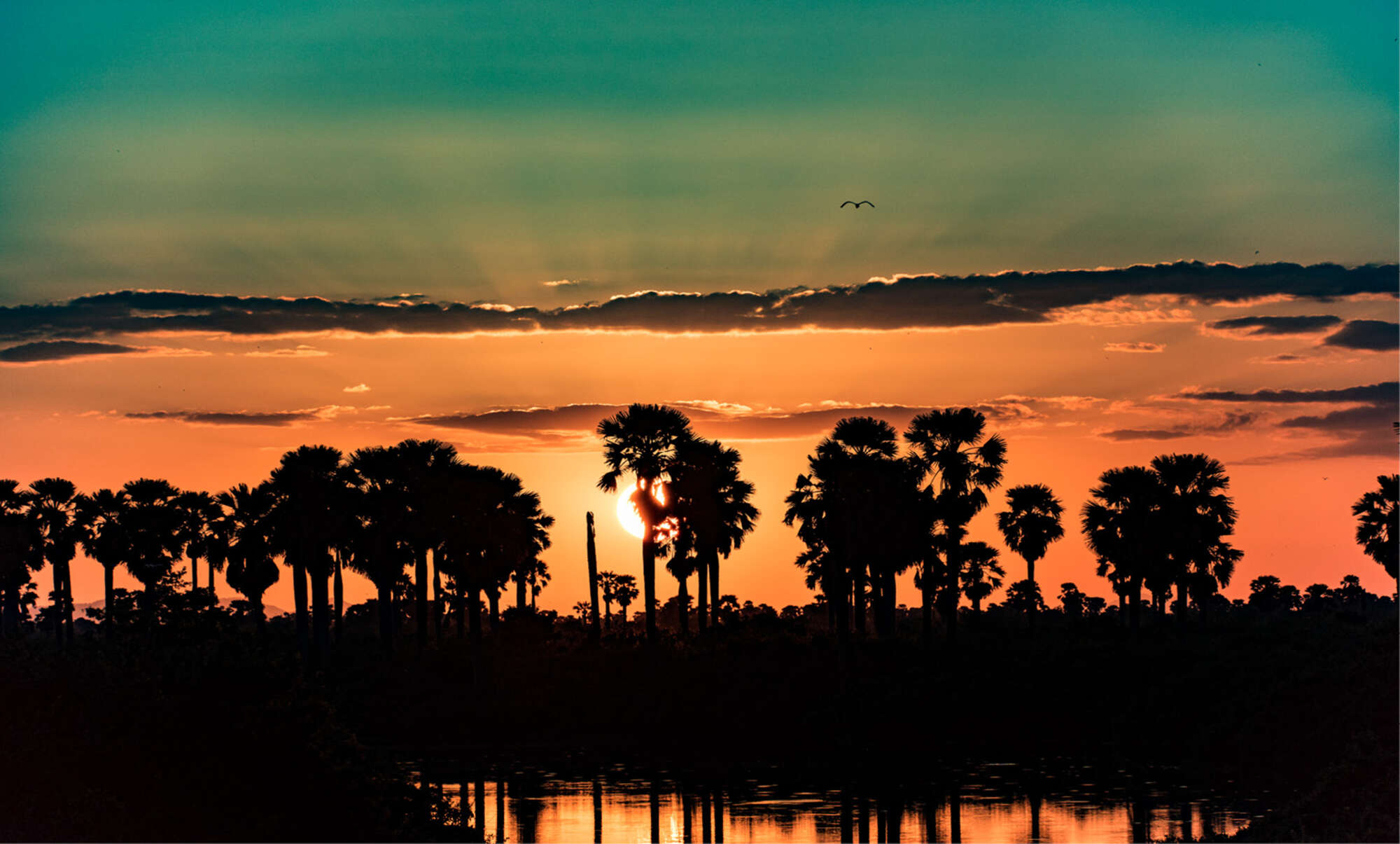
Impala Camp
Impala Camp is a comfortable, excellent-value camp with colourful tented rooms raised on platforms, good guiding and tasty food.
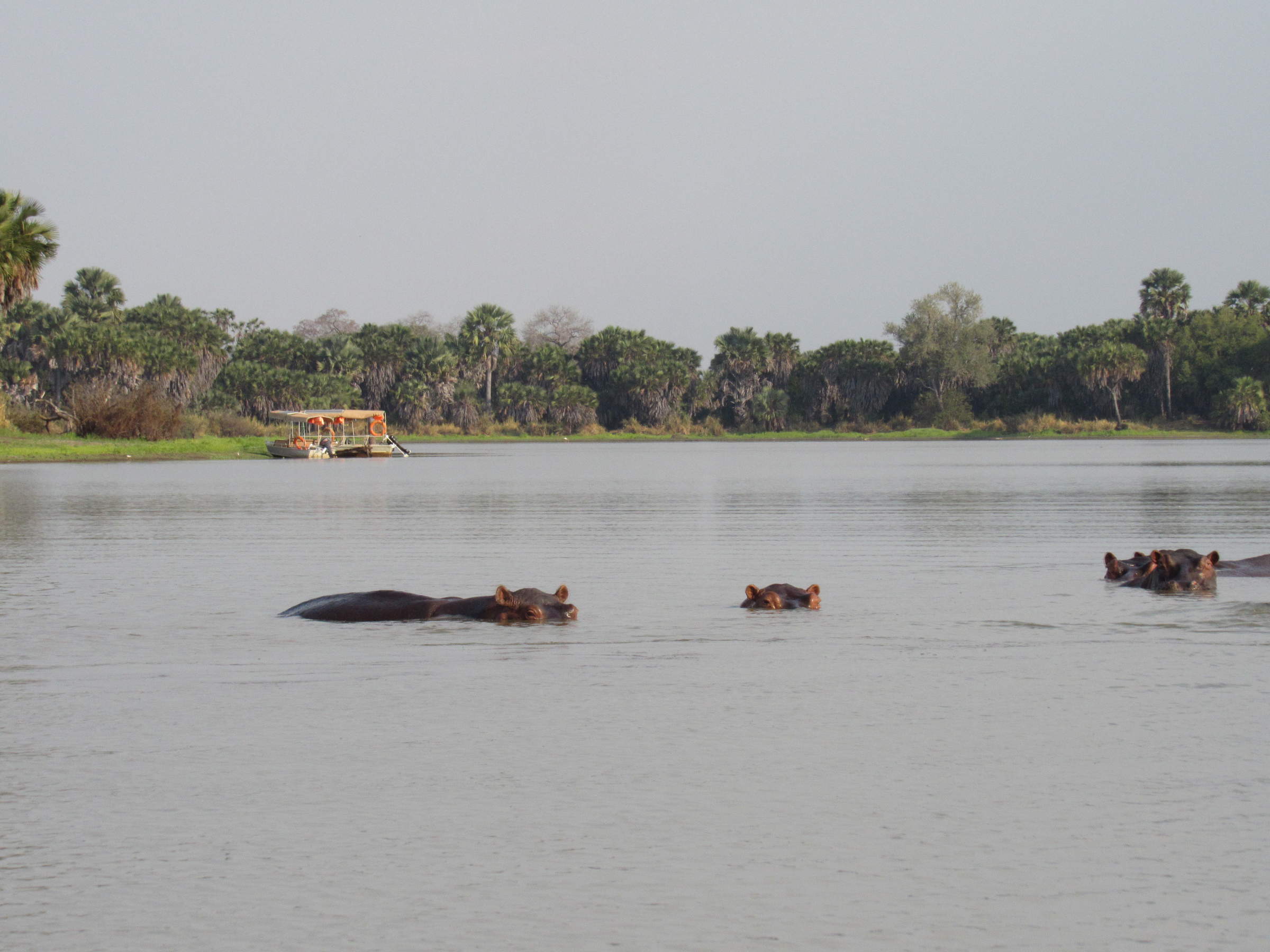
Lake Manze Camp
Lake Manze Camp is a rustic, lakeside bushcamp in Nyerere National Park that offers a great wilderness experience and doesn’t cost the earth.
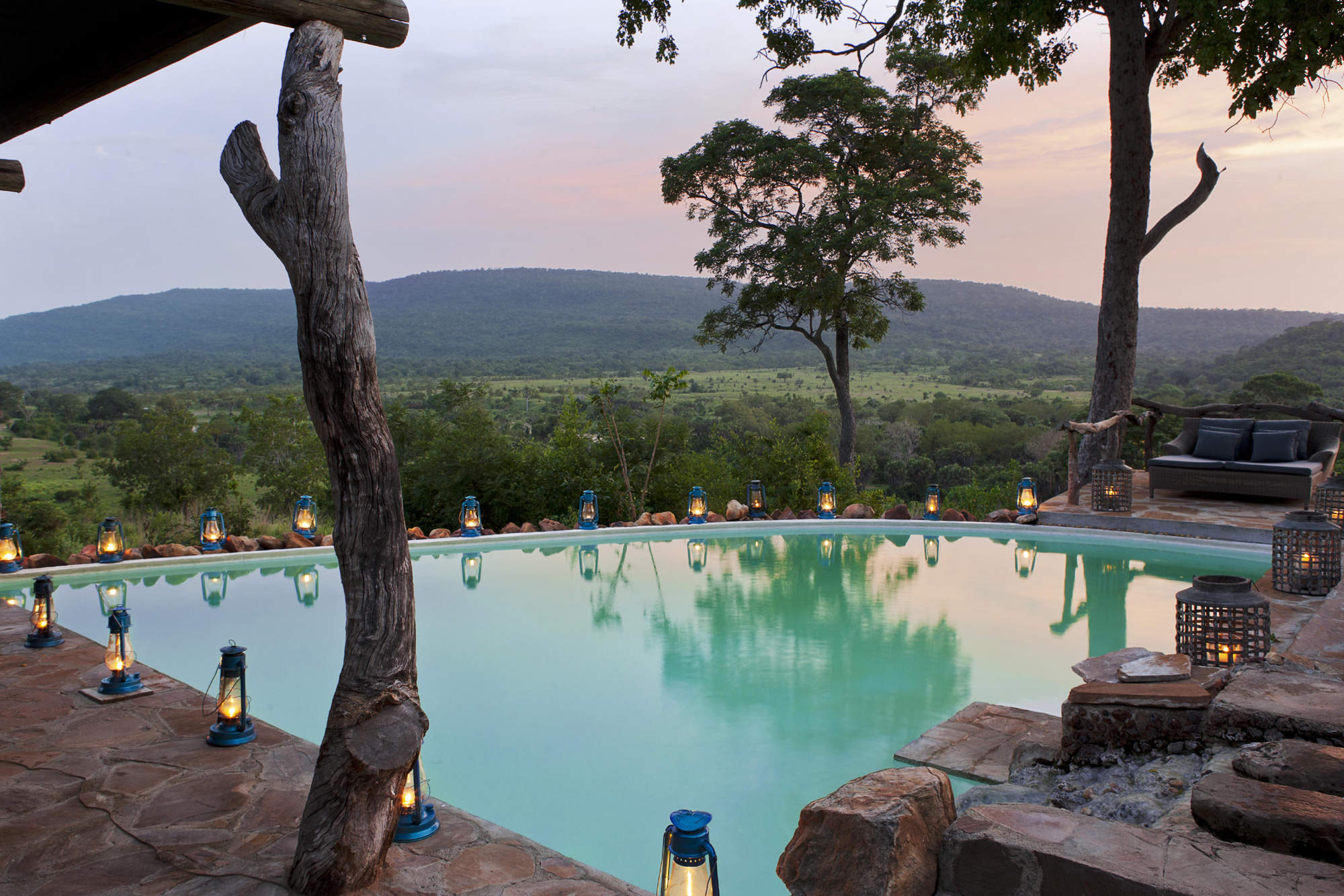
Beho Beho
Beho Beho is one of the best camps we work with in Africa, with gracious hosts, fantastic food and most importantly, excellent guiding.
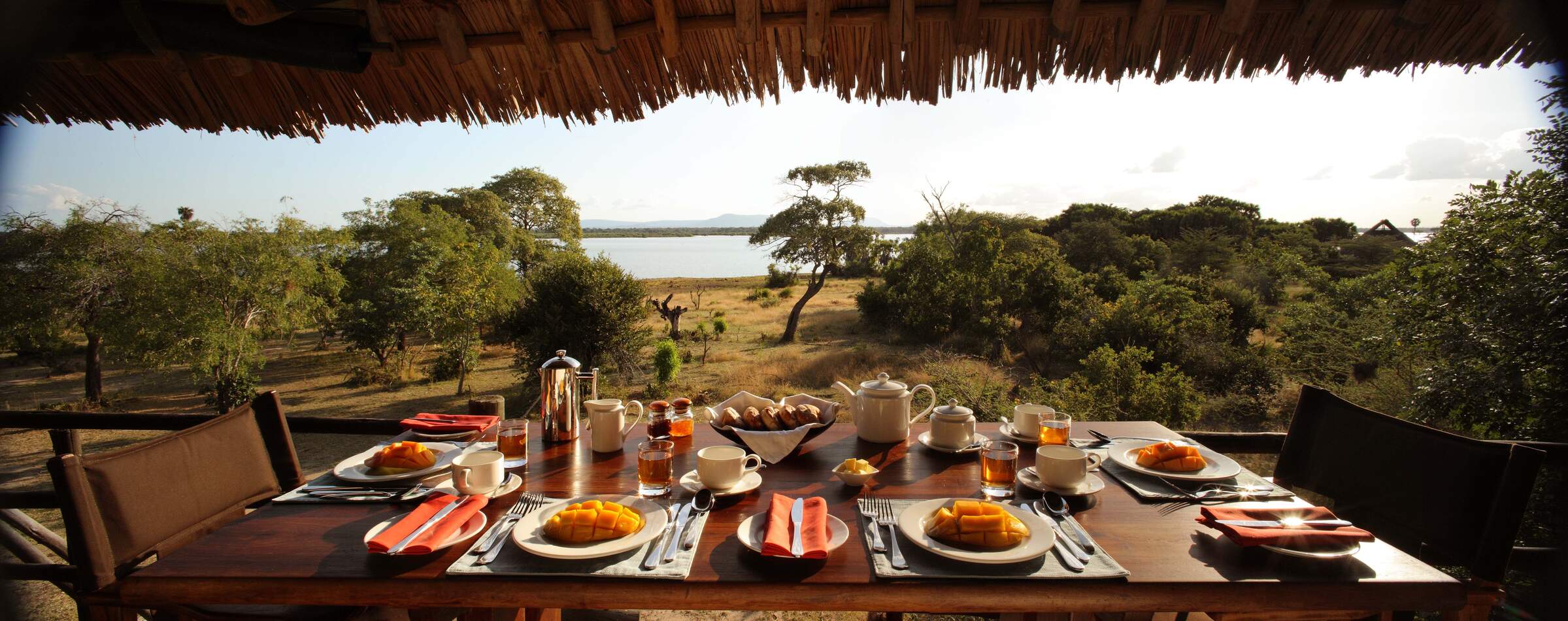
Siwandu
Siwandu is a luxurious and smoothly run camp with beautiful rooms and superb service offering great views over Lake Nzerakera.
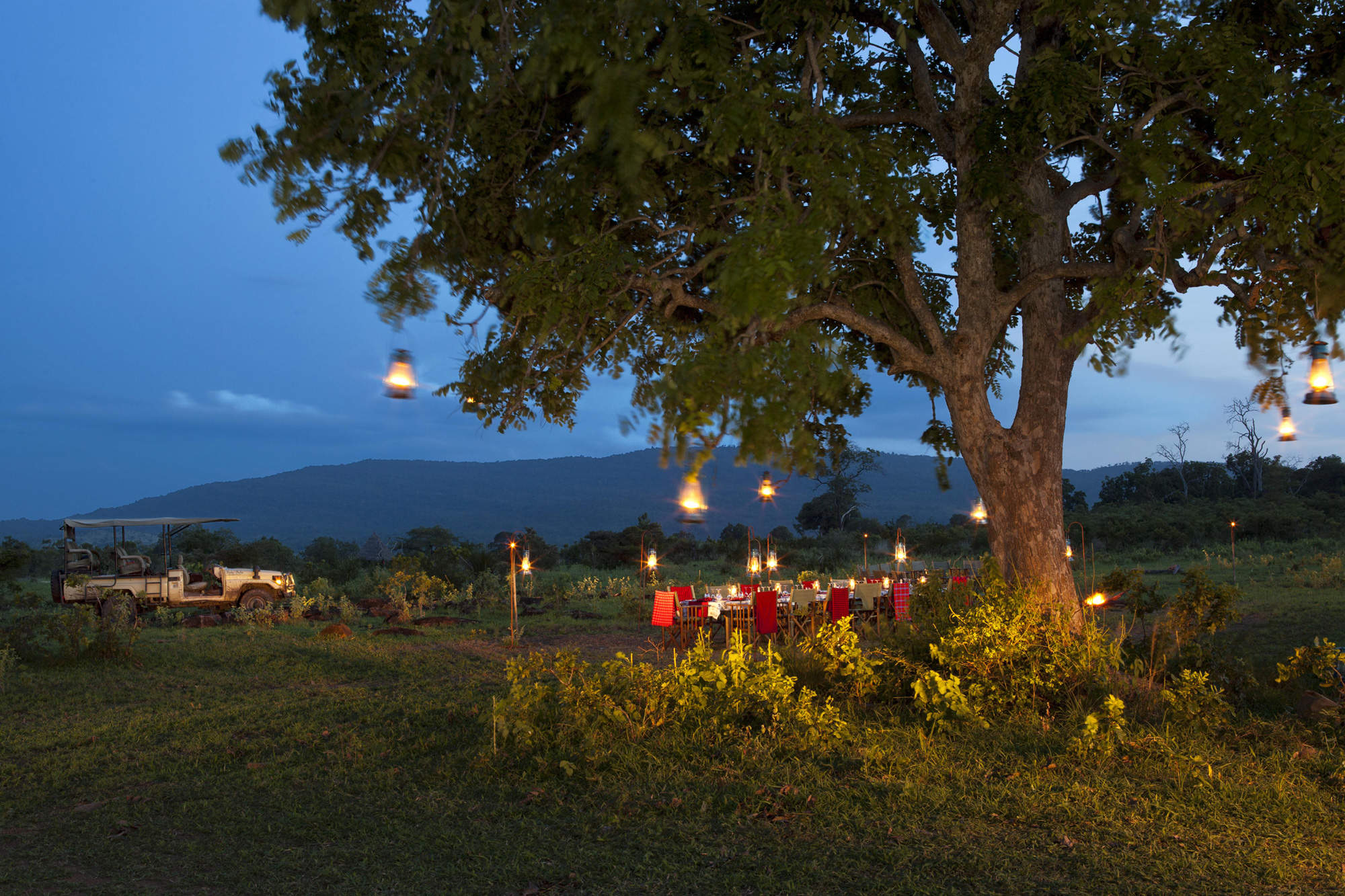
Beho Beho Tree-house
Beho Beho Treehouse is a satellite tree platform for just one couple, managed by Beho Beho and ideal as a one-night honeymoon retreat
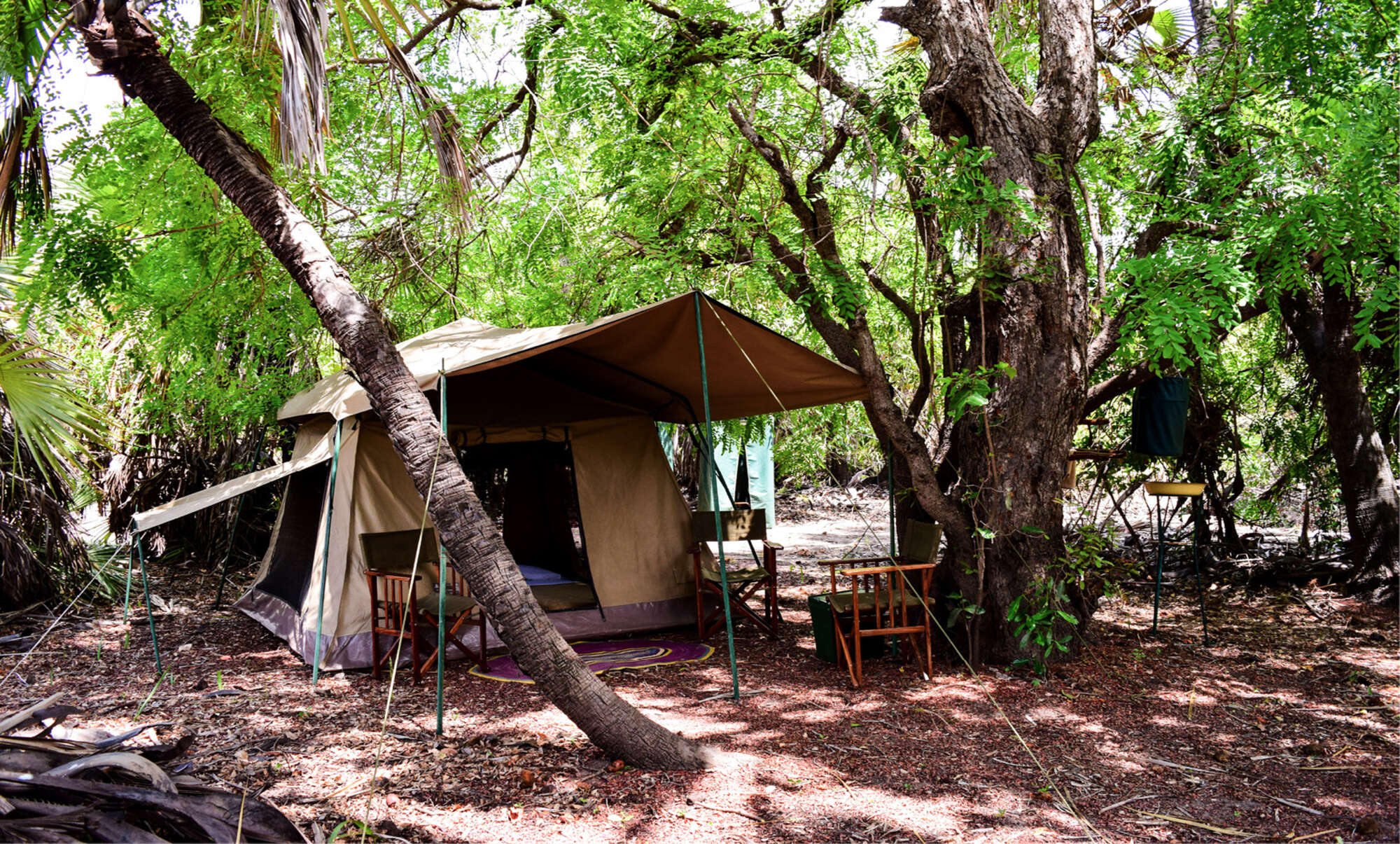
Impala fly-camping
While you're staying at Impala Camp in Nyerere National Park, you can enjoy a few nights' fly-camping in the heart of the bush.
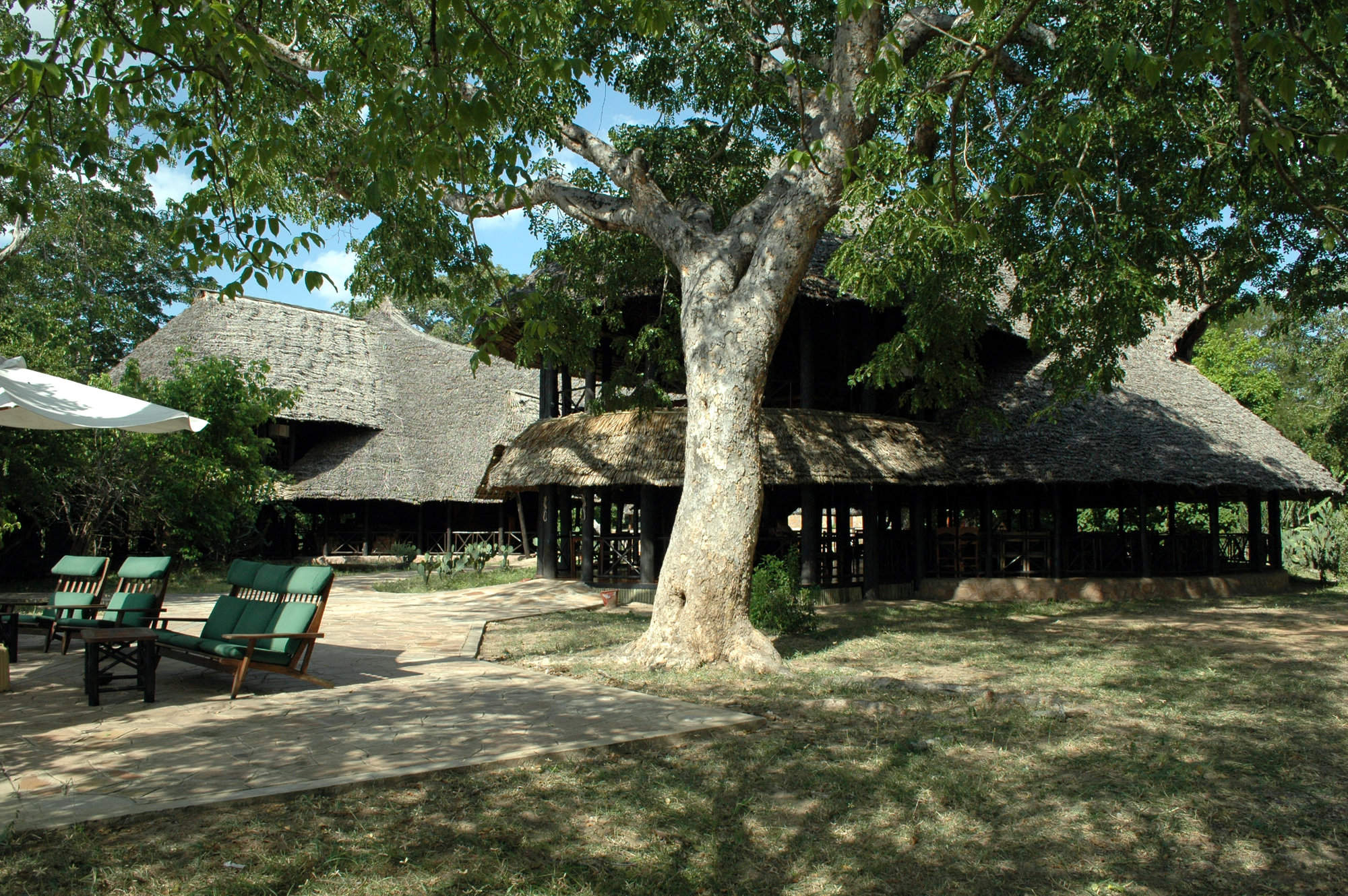
Rufiji River Camp
Rufiji River Camp has a lovely location right on the edge of the Rufiji River and while not luxurious, it is one of the lowest-cost camps in the park.
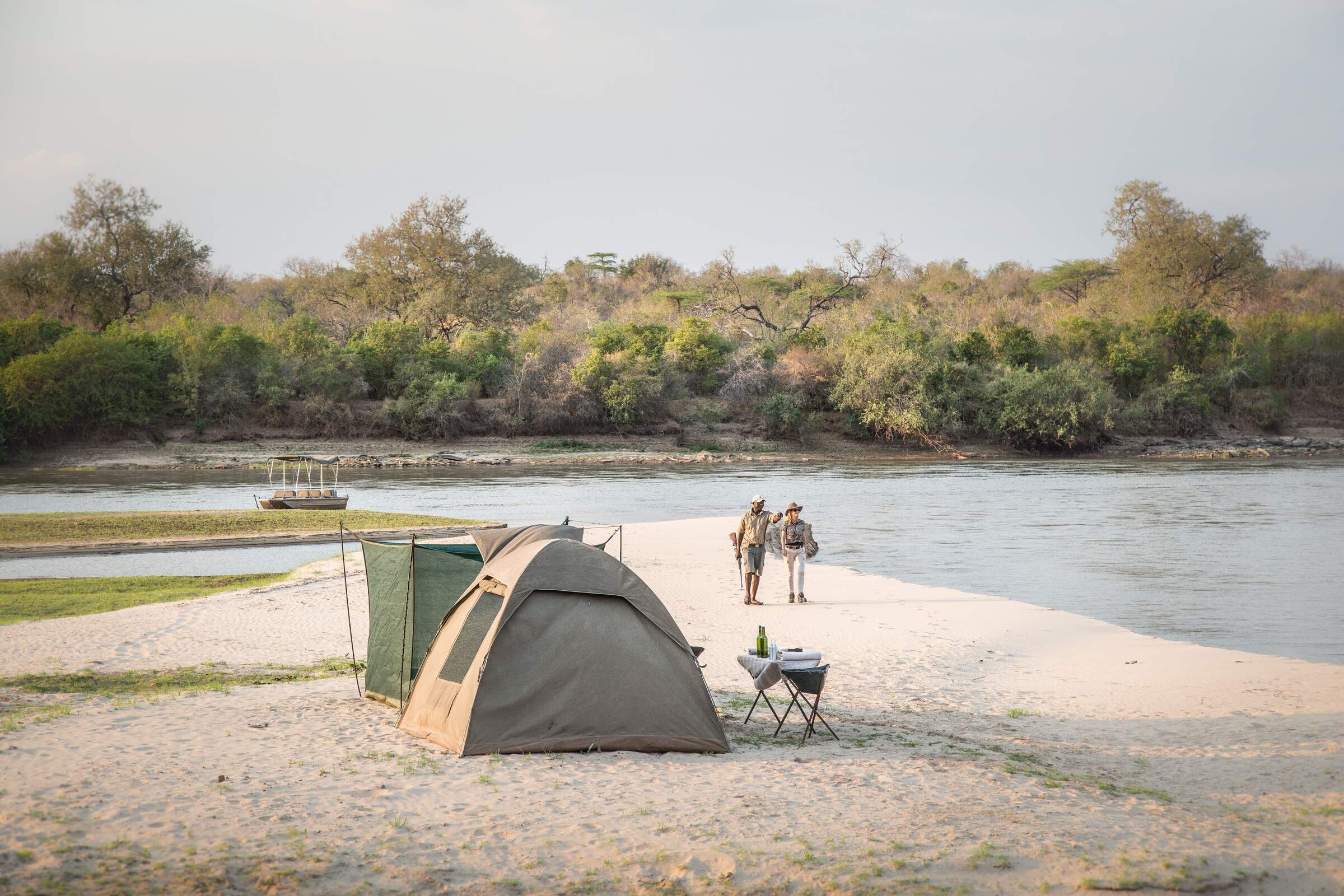
Sand Rivers fly-camp
Sand Rivers fly-camping safaris in Tanzania's Nyerere National Park operate out of Sand Rivers Camp, on the Rufiji River.
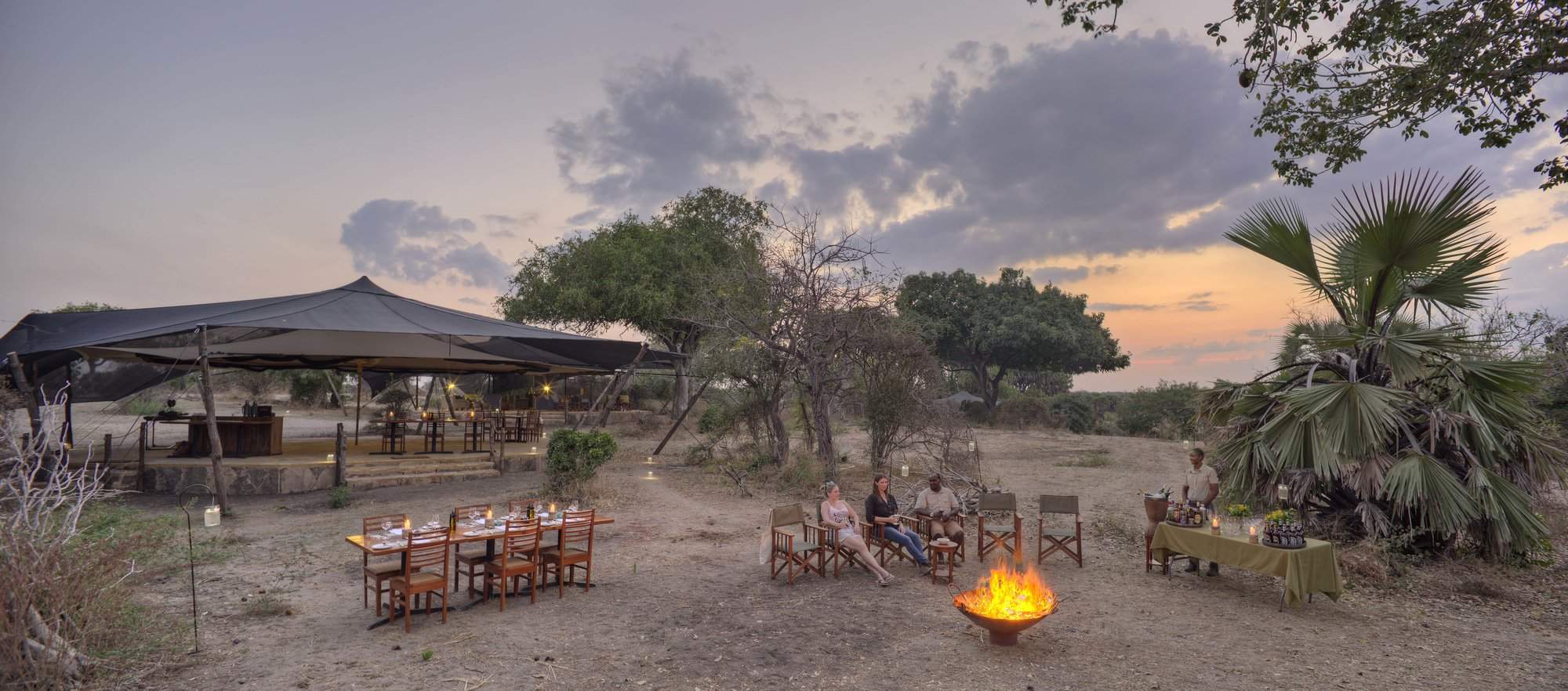
Roho ya Selous
Roho ya Selous is a smart tented camp on the west side of lake Nzerakera, close to the park’s best wildlife-viewing areas.
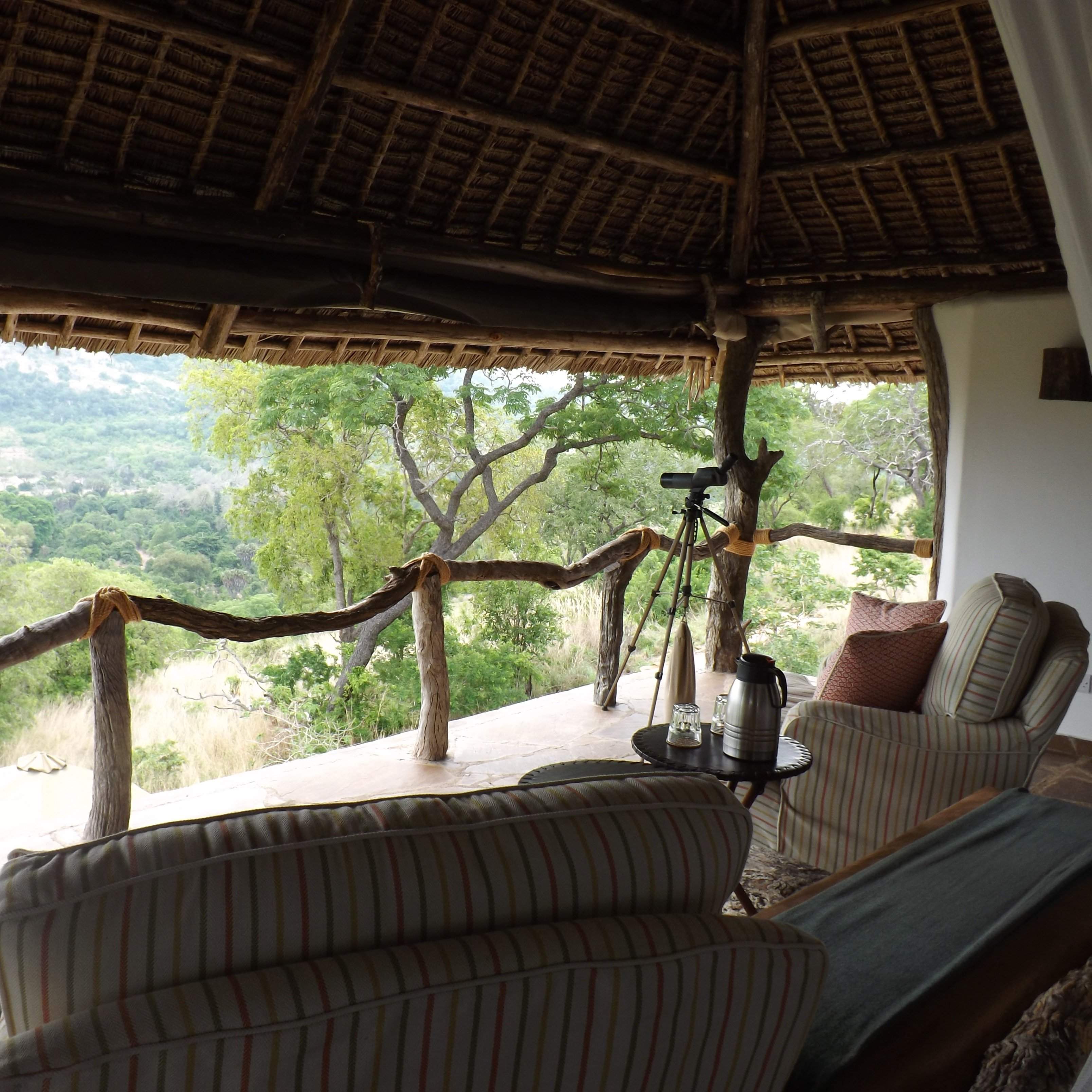
Beho Beho Bailey's Banda
Bailey's Banda at Beho Beho is a luxurious safari lodge in Nyerere National Park which can be booked exclusively for you and your party.
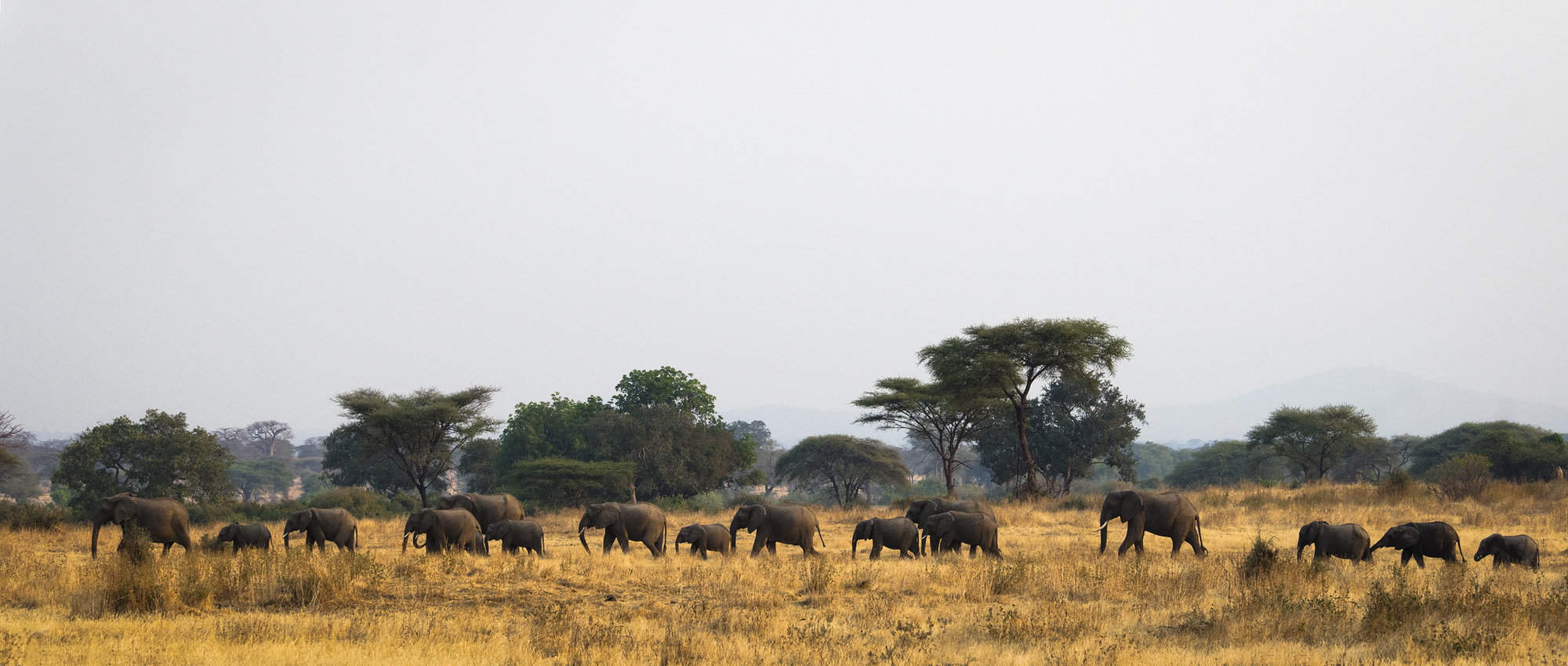
Rufiji River fly-camp
Fly-camping trips can be organised from Rufiji River Camp in Tanzania's Nyerere National Park
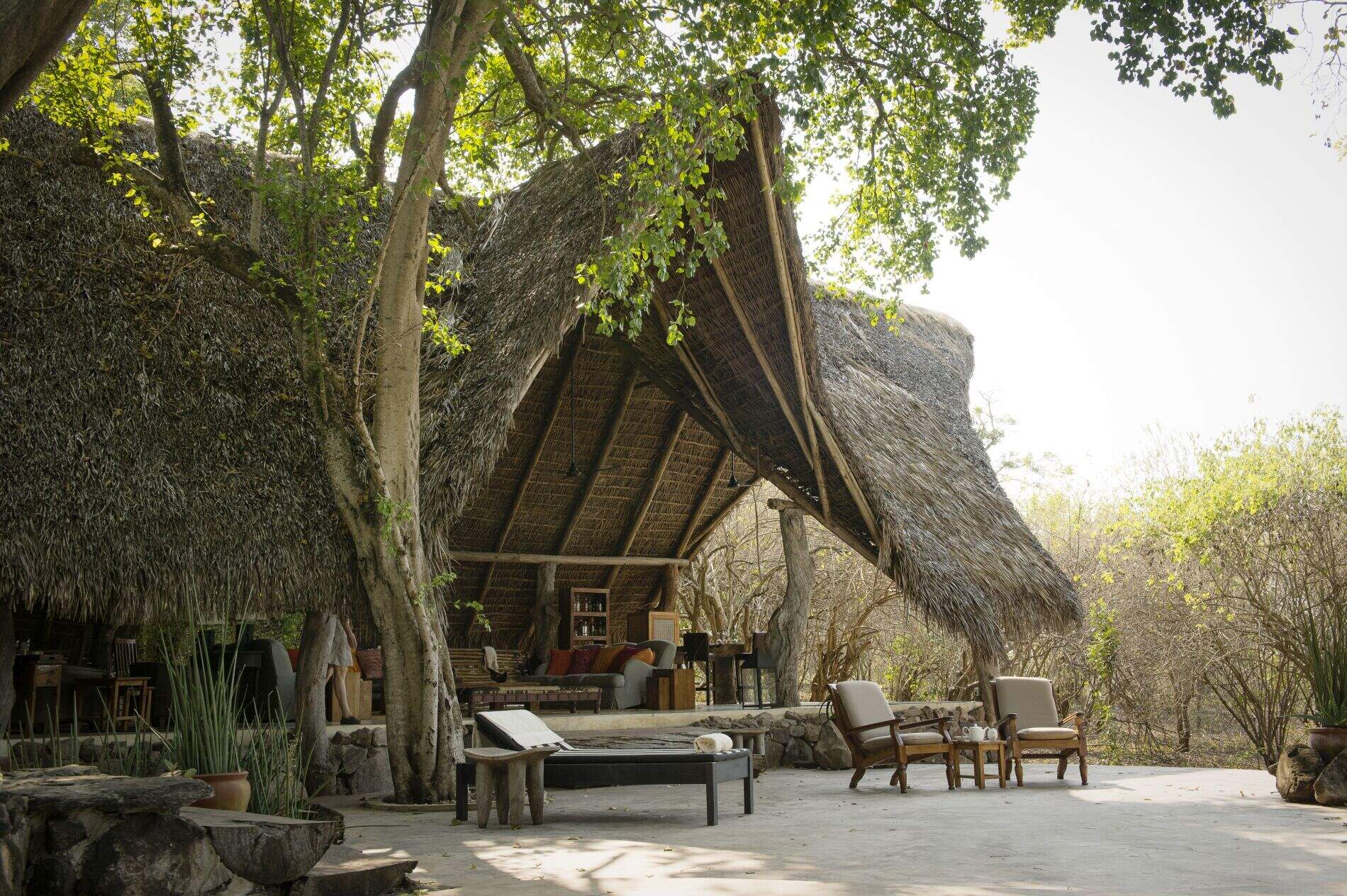
Kiba Point
Kiba Point is the private sister camp of Sand Rivers, available on an exclusive basis, with its own private drivers and staff.
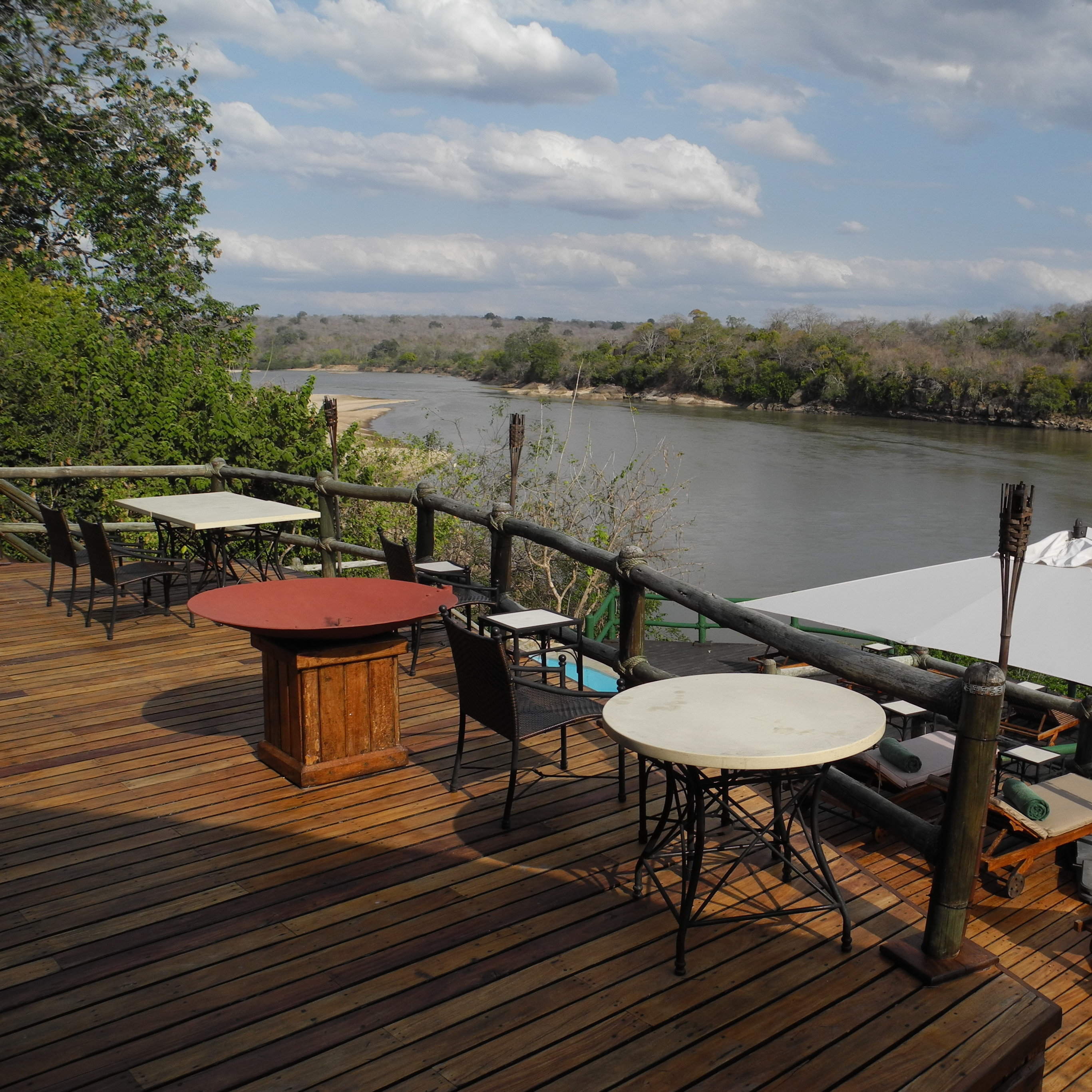
Mivumo River Lodge
Mivumo River Lodge is Serena's main lodge in the Selous. Although comfortable, the windows and air-conditioning dispel any wilderness feel.
When to go to Nyerere National Park
Our month by month guide: What it's like to visit Sand Rivers Camp in Nyerere National Park
Jan
Feb
Mar
Apr
May
Jun
Jul
Aug
Sep
Oct
Nov
Dec
Tanzania in January
January usually marks the start of the short dry season, although the exact timings of this are a little unpredictable. You can expect clear blue skies and sunshine, if the short rains have stopped, and the temperatures will be building. The short dry season is a little less pronounced in Southern Tanzania, and so it can still be wet in these areas. It is an interesting time for avians as resident birds go into breeding plumage and migrant species can be present.
Once the New Year busy period has quietened down, January can offer great value and quieter parks, although the weather can be variable, and in the Selous and Ruaha the wildlife is more dispersed.
- Variable weather: clear & dry or cloudy with some rain.
- Occasional thunderstorms may occur.
- A good time of year for birding as and many migrant species are around
- The wildebeest migration is gathering in the southern Serengeti.
- Busy in early January, quietening down through the month.
Our view
A good time to visit, with pros & cons
Weather in January
Tanzania in February
February is during the short dry season and is one of the hottest months in Tanzania, with temperatures reaching around 33°Celsius. This can be a good time to visit, as some areas of the Northern Circuit are comparatively quieter than during the European summer months, and lodge rates are also a little lower.
The wildebeest will typically be on the southern plains of the Serengeti for their calving season, which tends to occur in a 2-3 week window in early-mid February – although this does vary year on year. This is also a particularly rewarding time for birdlife, as northern hemisphere migrants join the resident species.
- Hot and dry weather.
- Wildebeest migration calving on Serengeti’s southern plains.
- Ngorongoro Crater and southern Serengeti busy for the migration.
- Selous and Ruaha are typically quiet at this time.
- The parks are likely to be lush and green, leading to pretty landscape
Our view
A very good time to visit
Weather in February
Tanzania in March
The heavier ‘long rains’ start in earnest in March although exactly when varies year on year. With no need to stay close to permanent water sources, migratory wildlife disperses, and so game viewing starts to become more challenging. This is most prominently seen in Tarangire National Park. The wildebeest migration may still be calving, or have moved on into the central regions of the Serengeti.
Many of the camps in the southern parks close mid March and mobile tented camps in the Serengeti will wind down towards the end of the month in order to move location or carry out refurbishments, ready for the new tourist season.
- Hot with building humidity, before the rains begin at some point.
- Wildlife viewing is variable depending on the start of the rains.
- Parks are quiet and rates are low.
- Not great for southern or western Tanzania.
- March can be a good time for birding, with many migrant species.
Our view
A good time to visit, with pros & cons
Weather in March
Tanzania in April
April is in the middle of the long rainy season and is the wettest month, with on average 250mm of rain. Temperatures are fairly high and humid in comparison to the rest of the year. Expect the bush to be lush and flowering, and alive with insects, birds and smaller animals. It is however also dense, allowing wildlife to hide, which in turn makes game viewing harder. This is a very quiet time in terms of visitor numbers.
Many of the tented camps are closed in April, however the larger lodges remain open. The rates are significantly cheaper, and so if you are willing to work harder to spot the bigger game, some accommodation bargains can be had.
- Heavy rain expected, with impressive thunderstorms and lightning.
- Many camps closed and roads impassable due to ground conditions.
- Rates are at their lowest all year round, with very few other tourists
- Places that are open are green and vibrant, wildlife more dispersed.
Our view
This is not a great time to visit
Weather in April
Tanzania in May
As Tanzania is close to the equator there is no dramatic difference in climate throughout the year, but temperatures do start to drop a little in May. The rains are likely to still be present, although potentially clearing towards the end of the month. Visitor numbers and lodge rates are still low. The wildebeest migration is making its way through the western regions of the Serengeti, crossing the Grumeti River.
Virtually all camps in southern Tanzania remain closed, and many of the roads and tracks in the Selous become impassable.
- Heavy rains and storms are likely, this can create some dramatic skies
- Blissfully quiet in northern Tanzania, and a good time to avoid crowds
- The parks are likely to look lush and green, with long grass.
- Wildlife is likely to be more dispersed, with fewer sightings.
- The low prices make safaris much more affordable at this time.
Our view
This is not a great time to visit
Weather in May
Tanzania in June
The rains come to an end at some point during the month and migratory wildlife begins to be drawn back to perennial water sources as the land starts to dry up. It’s likely that the parks will still be quite green and the grass high though, so walking and fly-camping may be unlikely. This marks the start of the season with camps reopening, but prices are still more affordable than the subsequent months.
The migration may still be in the Western Corridor, or on the move northwards towards the Mara River. Western Tanzania presents more challenging conditions for chimpanzee trekking in Mahale National Park, as the chimps are higher in the mountains.
- Variable weather: clear & dry or cloudy with some rain.
- A transitory time for the migration – moving from west to north.
- The parks may still be quite green, and grasses high.
- Wildlife may be dispersed still.
- Relatively low visitor numbers and good value, shoulder season prices.
Our view
A good time to visit, with pros & cons
Weather in June
Tanzania in July
July is considered to be the start of the peak season, with no rainfall expected and pleasant daytime temperatures. As the parks dry, the wildlife congregates in fewer areas, grass is eaten and trampled by the migration, and game viewing gets better and better. The wildebeest are typically arriving in the northern Serengeti, ready to begin their period of crossings of the Mara River.
In the Selous and Ruaha wildlife sightings can be fantastic, with animals gathering around the lakes and rivers. Great conditions and school holidays mean the parks are at their busiest, with Ngorongoro and the Serengeti particularly crowded.
- Dry and warm daytimes, chilly and windy in the mornings and evenings.
- Great wildlife viewing, as water sources diminish.
- The most popular time of year with very high visitor numbers.
- Prices are at their highest due to the great conditions on the ground.
- To avoid the crowds consider Tanzania’s southern parks.
Our view
Fantastic: the very best time to visit
Weather in July
Tanzania in August
August is the middle of the long dry season, with clear skies and sunny weather. You can expect some cooler weather at night and first thing in the morning. Remember to pack layered clothing, so you can wrap up warm on your early morning game drives, but remain comfortable as it heats up throughout the day.
August is a very popular time to visit, so accommodation prices are at their highest and advanced booking is necessary. It can get noticeably busier in some of the northern parks – in particular the Ngorongoro Crater and northern Serengeti, as visitors flock to the area in hope of witnessing an exciting migration river crossing.
- Dry and warm daytimes, chilly in the early mornings and evenings.
- General wildlife viewing should be excellent.
- An exciting time of year for the wildebeest migration.
- Certain areas will be very busy and camps fill up fast.
- Great wildlife sightings in the Selous and Ruaha, and fewer people.
Our view
Fantastic: the very best time to visit
Weather in August
Tanzania in September
September can be an excellent time of year to visit Tanzania. As the parks continue to dry up the wildlife becomes increasingly reliant on the remaining water sources, leading to high densities of animals. Whilst early September can be busy, with fewer families traveling at this time the parks typically become quieter as the month goes on.
You are still likely to see the wildebeest migration in the northern Serengeti, with river crossings occurring on a regular basis. Tanzania’s southern parks are also fantastic at this time of year, generally receiving far fewer visitors than the north, and wildlife sightings can be great. Prices remain high and the weather generally remains good.
- Wildlife viewing in September can be fantastic.
- Whilst still fairly busy, often the parks are typically a little quiet
- The parks will start to become very dry, with little new vegetation
- Cooler mornings and evenings, warming up during the day.
- Prices remain high.
Our view
Fantastic: the very best time to visit
Weather in September
Tanzania in October
At the tail end of the dry season, the wildlife should be the easiest to spot, although photographers should be aware that it can be a bit dusty at this time of year, as there has been no rain for several months. Great general wildlife viewing throughout as animals are attracted to remaining sources of water. Elephant numbers are particularly high at this time in Tarangire, and Mahale and Katavi are especially rewarding with frequent wildlife sightings close to camp.
There is a chance of rainfall towards the end of the month, if the short rains commence. While prices remain high, visitors numbers are significantly lower than in July-August.
- Mostly dry and temperatures comfortably warm, with the chance of storm
- Great game viewing although the landscape can be a bit barren.
- Much lower visitor numbers than the earlier months.
Our view
A very good time to visit
Weather in October
Tanzania in November
In November you can expect the start of the short rains, although the start date varies every year. The rains are highly localised, and are much lighter and more unpredictable than the long rains that occur earlier in the year. These should not really interfere with your safari – as the game viewing at this time is still good - but you should pack a waterproof jacket and be prepared for some short rain showers!
The majority of tented camps remain open, but some of the mobile camps in Northern Tanzania will close for the latter half on the month. Given the seasonality, camps are charging shoulder season rates so there are often some bargains to be had. Early November can offer great value for money and the weather conditions are likely to be comparable to late October.
- Variable weather: clear & dry or cloudy with some rain.
- Parks are comparatively quiet and prices at the lower end.
- Some camps will close towards the end of the month for maintenance.
- Good wildlife sightings, but animals will disperse when rain starts
- The wildebeest migration is on the move and the location unpredictable
Our view
A good time to visit, with pros & cons
Weather in November
Tanzania in December
December is also during the short rainy period, but this does not stop Tanzania being a popular destination to spend the festive period. Be aware that many of the lodges book up early, and charge peak rates over this time. Advanced booking is essential over this period, especially if travelling in larger family groups.
Travelling in December outside of the festive period allows travellers to make use of excellent shoulder season rates. Temperatures are pleasant with the averages of 27Celsius, although there is the chance of intermittent thunderstorms.
- Variable weather:clear & dry or cloudy with some rain and thunderstorm
- Good general game viewing in parks with low seasonality - Serengeti.
- Very quiet early in the month, becoming exceptionally busy.
- Prices reflect this – great value rising to the highest they are.
- The wildlife in southern Tanzania is more dispersed.
Our view
A good time to visit, with pros & cons
Weather in December

Looking for inspiration on where to travel next?
Visit our trip chooser to explore your options and find inspiration for your perfect African adventure
Inspire me